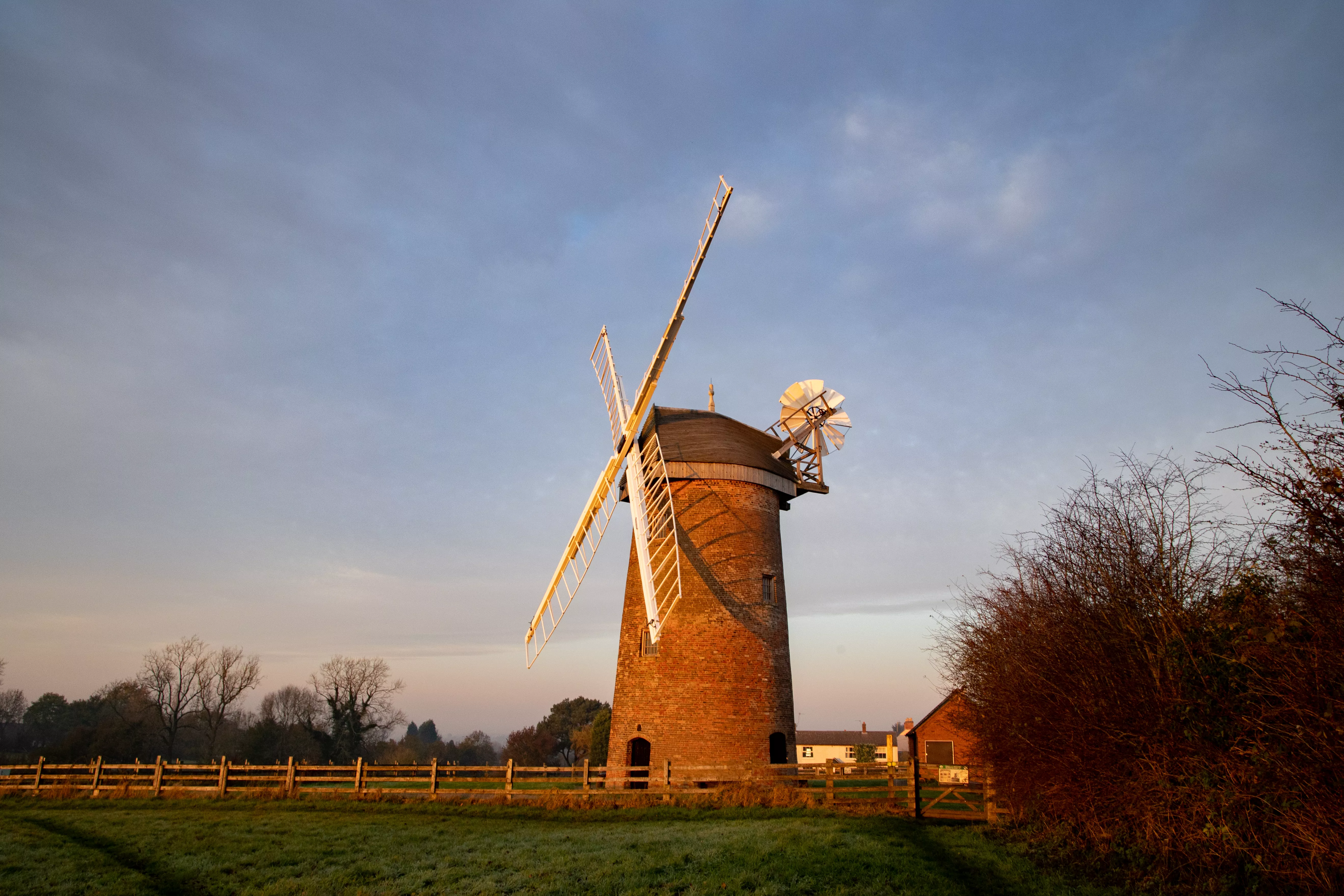There's always somewhere new to visit in the National Forest, with an array of unique attractions to explore and discover.
Browse the National Forest Map and explore this destination and things nearby.
Added to basket

Route details

Medium
7 miles (11km)

Time
Allow 3.5 hours

Map
OS Explorer 245 The National Forest

what3words
///dress.teeth.object

Os Grid Ref
SK437160

Start
Vicarage Street Car Park, Whitwick, LE57 5GZ

Path type
Unsurfaced paths, tracks, farmland, tarmacked sections and stiles.

Accessibility
Due to unsurfaced paths and challenging terrain, we would not recommend this walk for those with limited mobility.
Browse the National Forest Map and explore this destination and things nearby.
Summary
This fascinating 7-mile walk links Whitwick and Swannington and focuses on the heritage of the area. Along the way you will uncover remnants of 5 railway lines, 3 mines, a castle and a restored windmill.
Walk highlights
A Swainmote (also known as Swainmoot, Swannymote or even Swienmote) was a local forest court responsible for judicial and administrative regulation of the forest, this rocky outcrop was believed to have been the Swainmote for the area. Here an open-air forest court of freeholders inquired into all offences against vert (trees) and venison (deer). Charnwood forest was home to three open-air courts Swannymote Rock, Copt Oak and Swains Hill, one of the most important of the forest hills. High Cademan Rocks forms a platform that climbs above the trees like an island in a sea of branches. Here you will witness views of Breedon Hill and its summit church to the north-west, East Midlands Airport to the north, the cooling towers of Ratcliffe Power Station and the high-rise flats of Nottingham to the north-east. To the south-east there is a glimpse of communications tower on Bardon Hill.
The inclined plane railway was constructed in 1832 to carry coal uphill from Swannington and Coleorton mines to the Leicester and Swannington Railway (L&SR), where it was taken in wagons to Leicester to power the textile mills. The L&SR was one of the first steam railways in the world, built by Robert Stephenson in 1832.
he Hough Windmill was built in the late 18th century and stands on the boundary between Swannington, Leicestershire and Thringstone. The mill served a coal mining community and the structure is surrounded by the remains of ancient shallow coal mines. The mill was then sold to the Swannington Heritage Trust in 1994, which through a grant from the heritage lottery fund was refurbished in 2000 and was opened to the public. The mill is now a partially restored brick windmill, containing two pairs of millstones, cap and associated stone floor machinery, mill related artefacts, exhibits and graphic materials and a new annexe building with changing display of pictures. Adjoins attractive, trust owned, common land with nature trail and picnic area. Surrounded by National Forest planting.
Facilities
Where to eat
There's always somewhere new to visit in the National Forest, with an array of unique attractions to explore and discover.

Help us to maintain our trails for others to enjoy, by reporting any issues you come across.
